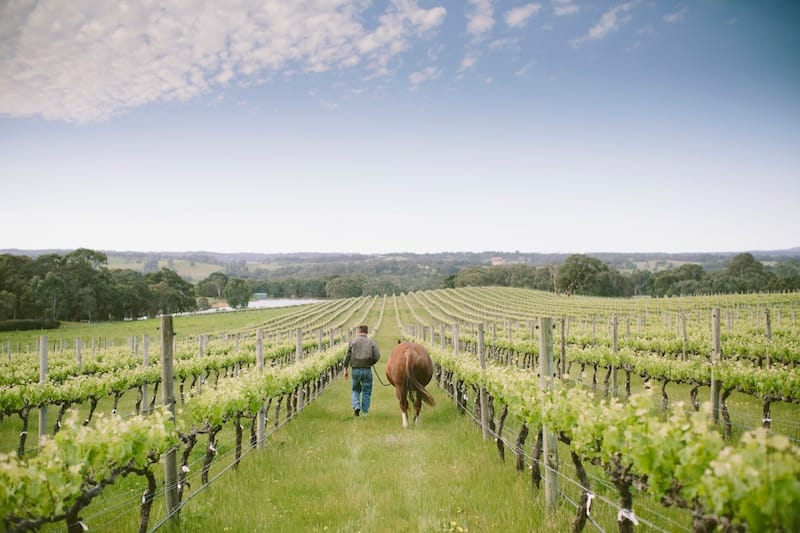
From chickens to award-winning biodynamic wines, Peter Fraser isn’t afraid to ruffle feathers with bold ideas and a passion for provenance.
When Peter Fraser walks in from a stroll through Yangarra Estate Vineyard and says, “Hey, I’ve been thinking…” it’s enough to bring his colleagues out in a sweat. “Everybody jokes about it,” the head winemaker says. “They wonder what hair-brained idea I’m going to come out with next.”
He looks out over the biodynamic winery on the outskirts of Kangarilla. “Michael Lane has been running the vineyard for 18 years. I remember coming out here one day, sitting on the deck and saying, ‘We should stop using synthetic chemicals and become organic’. Michael was like, ‘What the hell?’” He laughs. “Now he’s managing one of the larger organic, biodynamic certified vineyards in Australia and loves it.”
It’s a beautiful spot. A hundred hectares of vineyard in 35 individual blocks are set among an extra 70 hectares of creeks, native flora and nature corridors. Grenache, shiraz, mataro, cinsault and carignan are the site’s stalwart red varieties, roussanne and viognier are the major whites. They’ve served him well. When accepting James Halliday’s Winemaker of the Year 2016 award, he thanked viticulturist Michael Lane and winemaker Shelly Torresan for, “bringing the craziness together and making it happen”.
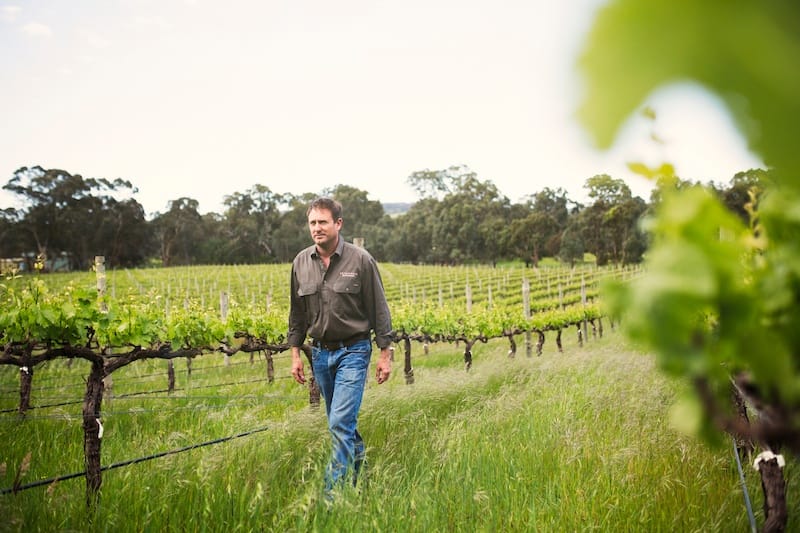
Not bad for a man who once earnt a crust selling chook poo. “I had to give up the chicken shit because in third-year sensory (at uni) all I could smell was my hands. They stank.”
Fowls have been a constant in Peter’s life. His parents had a poultry farm just around the corner from the winery he now calls home. Despite a love of the land and dreams of being a vet, agricultural academia wasn’t for him. “I spent more time at the bar being naughty than I did studying. So I decided to join the army.”
The wine bug bit during Army Reserve training. “We were drinking wine at the officer’s mess and being all adult.” He laughs at the memory. “I eventually started collecting wine.”
Peter was 20 when he attended a wine dinner hosted by Warren Randall, winemaker for Andrew Garrett Wines. “I was a bit enamoured by his charisma. He was doing vintage and rocked in late with his rugby shorts and t-shirt covered in wine.”
Peter went on to study a bachelor of agricultural science (oenology) at the University of Adelaide’s Roseworthy campus. “I ended up taking six years instead of four, mostly because I was working.”
He made wine at St Hallett in the Barossa Valley and at Normans’ Wines, Clarendon. He was 23 when he ran Norman’s 1998 vintage. Pure army-instilled cockiness got him through. “I felt 10-foot tall and invincible. I was pretty green. It was a great vintage though; most of our crops were up, a bit like 2016. There was lots of fruit and it just kept coming.”
He came up trumps, winning the 2002 Winestate Wine of the Year for the 1998 Chais Clarendon Shiraz. “It was a bit of a fluke really. I don’t think I really knew what I was doing.”
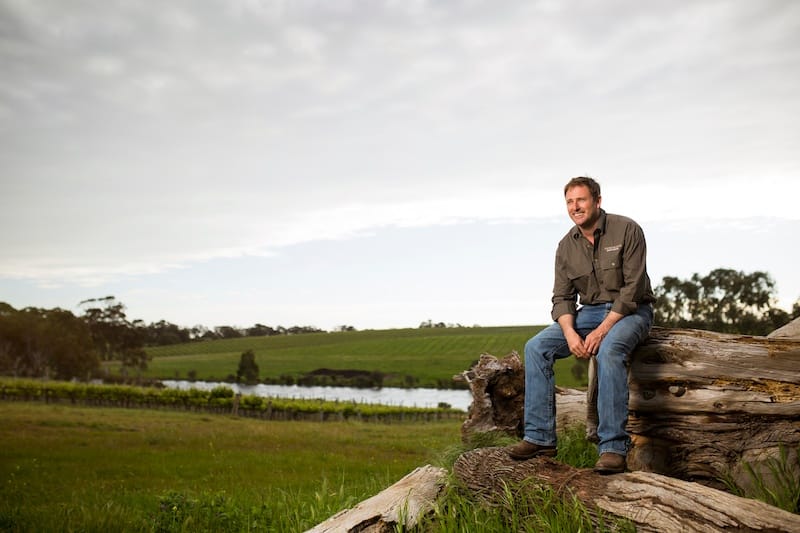
Peter joined Yangarra as a contractor in 2000 when the property was purchased by US-based Jess Jackson and his wife Barbara Banke (proprietors of Jackson Family Wines). “I was a reasonably paid puppet there for a little while but I understand they had to gain trust, working in a new place.” The property had nurtured bush-vine grenache since 1946, and despite advice to pull it out, they stuck with it. “Grenache had very little prestige. I remember doing wine dinners in the early 2000s and people saying, ‘It’s a blender at best’.” When Jess Jackson visited from the States, Peter convinced him otherwise. “He’s probably the most amazing man I’ve ever met. He’s one of those people who just ‘gets’ stuff. He was only here for 12 hours but he whizzed around listening and looking while I fed him information. This was back before grenache was popular but I believed in it. He was like, ‘Well, we need to plant a shitload of grenache now’. That was Jess. He was so visionary; he was thinking 50 years ahead.”
It paid off. “It’s such a big part of what we do. We planted a further 25 acres of bush-vine grenache in 2005.”
As trust grew, so too did Peter’s autonomy. The accolades followed. The 2001 Yangarra Estate Shiraz and 2004 Cadenzia were both included in the Wine Spectator Top 100. In 2003 he was a finalist for the Australian Wine Society Young Winemaker of the Year. In 2005 and 2006, Yangarra Estate wines won International Winery of the Year from Wine and Spirits, and in the 2017 Halliday Wine Companion seven Yangarra wines scored 95 points or above, including 97 points for the 2013 High Sands Grenache, 2013 Ironheart Shiraz and 2014 Whole Bunch Shiraz.
With awards, though, comes pressure. “I don’t sleep in the lead up to expecting reviews. I’m always very critical of the wines: was it as good as last year? How could it be better? Our wines are not necessarily squeaky clean, everything is wild ferment, kept on lees in barrel in quest of complexity and mouthfeel, and not everyone interprets that the same way, so it always makes me anxious. But the last thing I want to produce is something pedestrian.”
The winery is technologically advanced but Peter’s winemaking approach is old-school. Methods include pre-soaks, indigenous yeast, open-top fermentations, hand punch downs, barrel fermentations and delestage.
“We were one of the early adopters of sorting fruit. And I’ve had a lot of success with wild-yeast ferment. Our wines are a little bit raw in some respects. We’re making wines from a single site so there’s not really massive blending opportunities.”
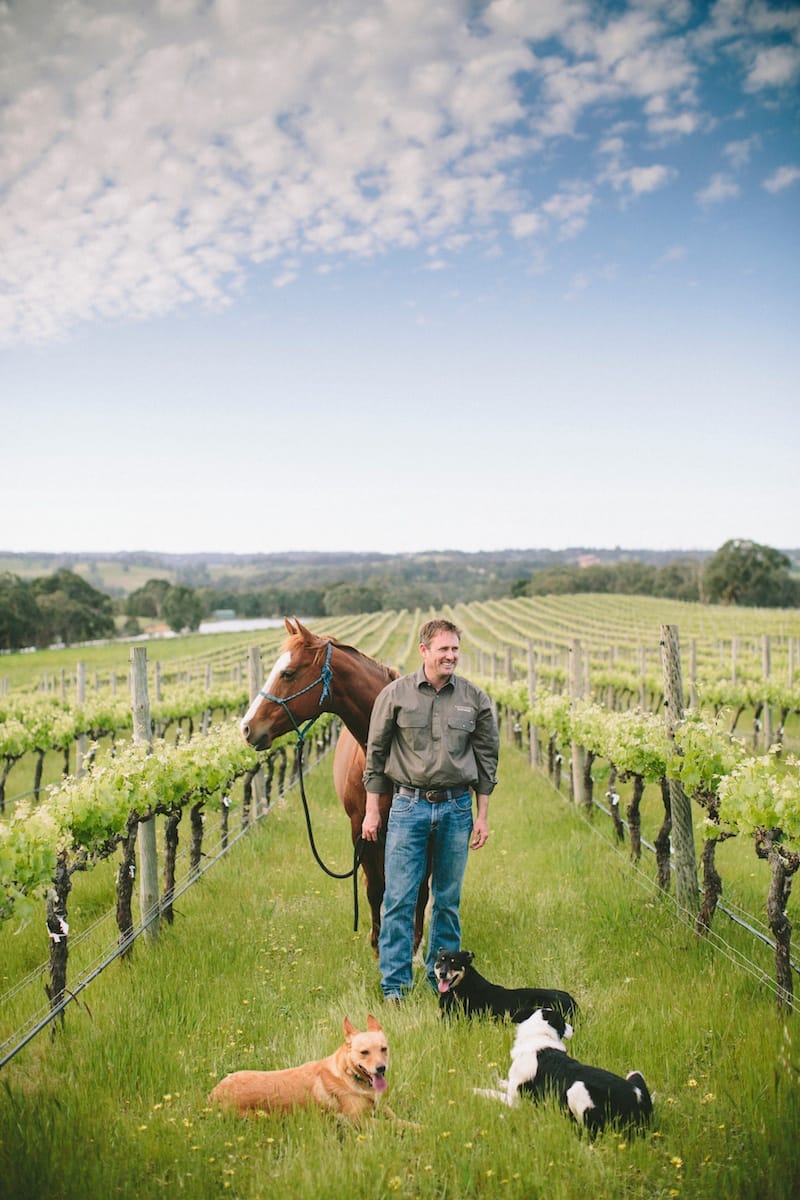
Mistakes? He’s made a few, especially around pricing. “Have confidence in the quality of your wines, and respectively, their asking price. Along the way we were convinced by early distributors that we needed to drop price to grow our brand. It’s taken us five years to make that right.”
Building the new winery for the 2010 harvest was a milestone but the turning point was the wet, cold vintage of 2011. Yangarra was three years into its organic/biodynamic farming regime and the team was ruthless in vineyard selection of bunches. “The investment into grape-sorting technology really paid off,” he says. “Our 2011’s really started turning heads. The wines are elegant, but they still have great intensity and precision of flavour.”
Likewise, 2016 has been a big year for planting. “Three-and-a-half hectares of grenache blanc is more than dipping our toe in the water,” he says. By the end of the year, 0.5 hectares of bourboulenc, 0.7 of picpoul blanc, and 0.4 of counoise will call Yangarra home. “We will be making our first Southern Rhône blend (albeit in small quantities in 2017) with clairette, grenache blanc, picpoul blanc and bourboulenc. I hope to have some carignan, cinsaut and counoise in our 2017 GSM, too.”
By the end of 2017 they’ll also have a small quantity of muscardin and picpoul noir. “It’s going to be really exciting. They’re varieties we know grow really well. Grenache grows really well here and I think châteauneuf whites are starting to make a little resurgence. I think the quality of winemaking has lifted in that area. What we’ve done with roussanne, I think these should follow suit.” He pauses. “I’m a real advocate of fianos and some of the other Italian whites that are cropping up in the region but for us it’s about keeping it all super-focused.”
He’s also proud of two wines made in ceramic eggs. The Roux Beaute Roussanne and Ceramic Egg Grenache are both skin contacted. “They are very special vessels. They ferment differently, with more even fermentation kinetics smoothing out the rapid onset and reducing slow lag of the last bit of sugar conversion. You get some of the complexity seen in a larger oak vessel but without any oak flavour or tannin. It ends up with a really precise presentation of the variety, with great flavour concentration, but with a lightness on its feet.” The wines have been so successful they purchased another eight eggs for 2016 vintage.
When he’s not in the vineyards, Peter can generally be found on a horse (he recently proposed to fiancée Tessa Hume on horseback) and considers beach rides, camp-drafting and cutting competitions as “down time”.
Not that he gets much of that. Since the Halliday crown, he’s been travelling the globe visiting trade and consumer events, hosting masterclasses, and training sales staff about the Yangarra story. “We have a long way to go in developing a better understanding of the diversity of our wines. And talking about our different regions.”
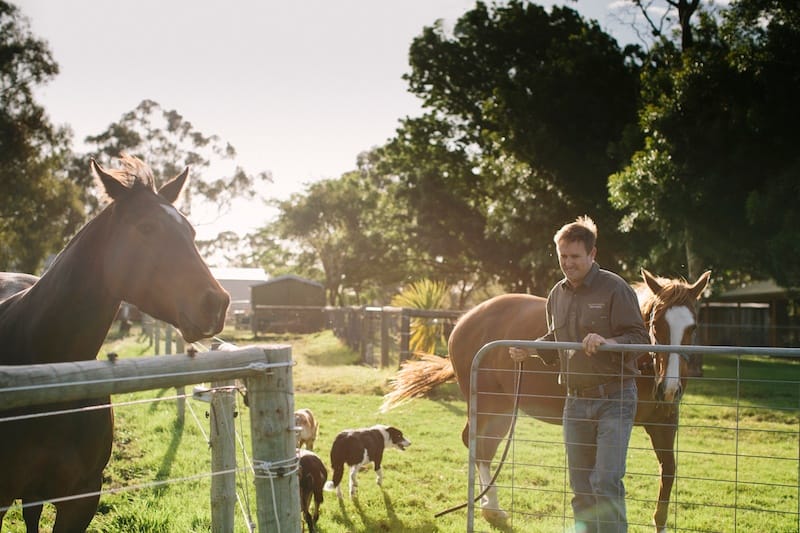
He believes the Australian wine industry needs more wines of provenance. “I think the industry around the world is trained to think about wine as a place and to me that’s what makes it special.”
There’s livestock on the horizon, too. “I was intrigued by Peter Andrews’ book Back From The Brink and how his methods could be of benefit to the undervine pasture of a vineyard, ultimately creating healthier soil and greater biodiversity,” he says.
He was also captivated by Joel Salatin of Polyface Farms in the documentary Food Inc. “In early 2016 I participated in a two-day on-farm seminar with Joel in Daylesford. This got me thinking as to how we can use animals better in our vineyard, reducing costs but ultimately reducing environmental impacts on our land.”
Peter trialled free-range pasture of meat chicken in the vineyard. “There were many teething issues, and it was very ambitious to do amongst an early and compressed harvest,” he says. A social media post about the chooks resulted in all 300 sold within an hour. Chef Cheong Liew was the first to collect. “It opened up lots of ideas about wines being matched with food with the same provenance. The Salopian Inn paired our roussanne and chickens together as a special for a week.”
During winter, sheep are run on the property (800 at last count) and the winery hosts an annual spring lamb event during November. “The positive impact to the vineyard is great. Ultimately, we can add biodiversity to our plot of land, but add greater financial sustainability from that land, too.”
Related content
Yangarra’s new ‘heat-resistant’ blend called Blanc an Australian first
Latest cover story




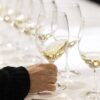
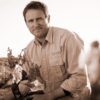
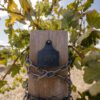
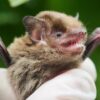


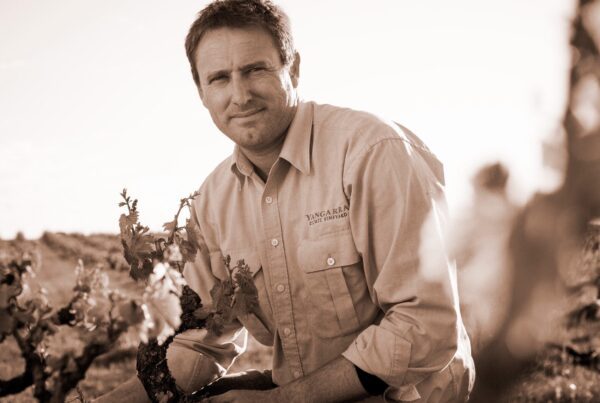
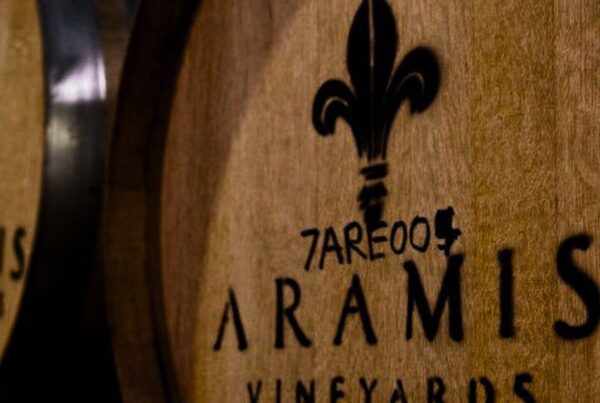
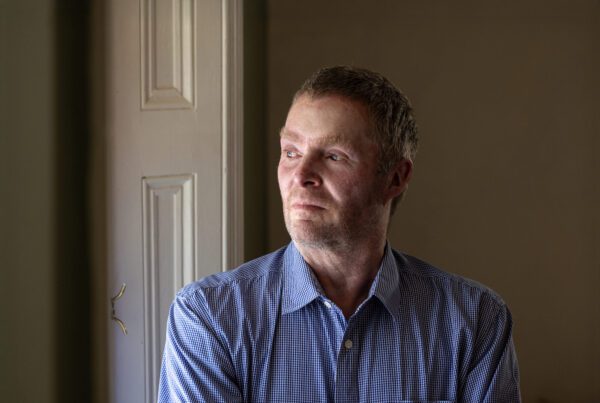
Recent Comments